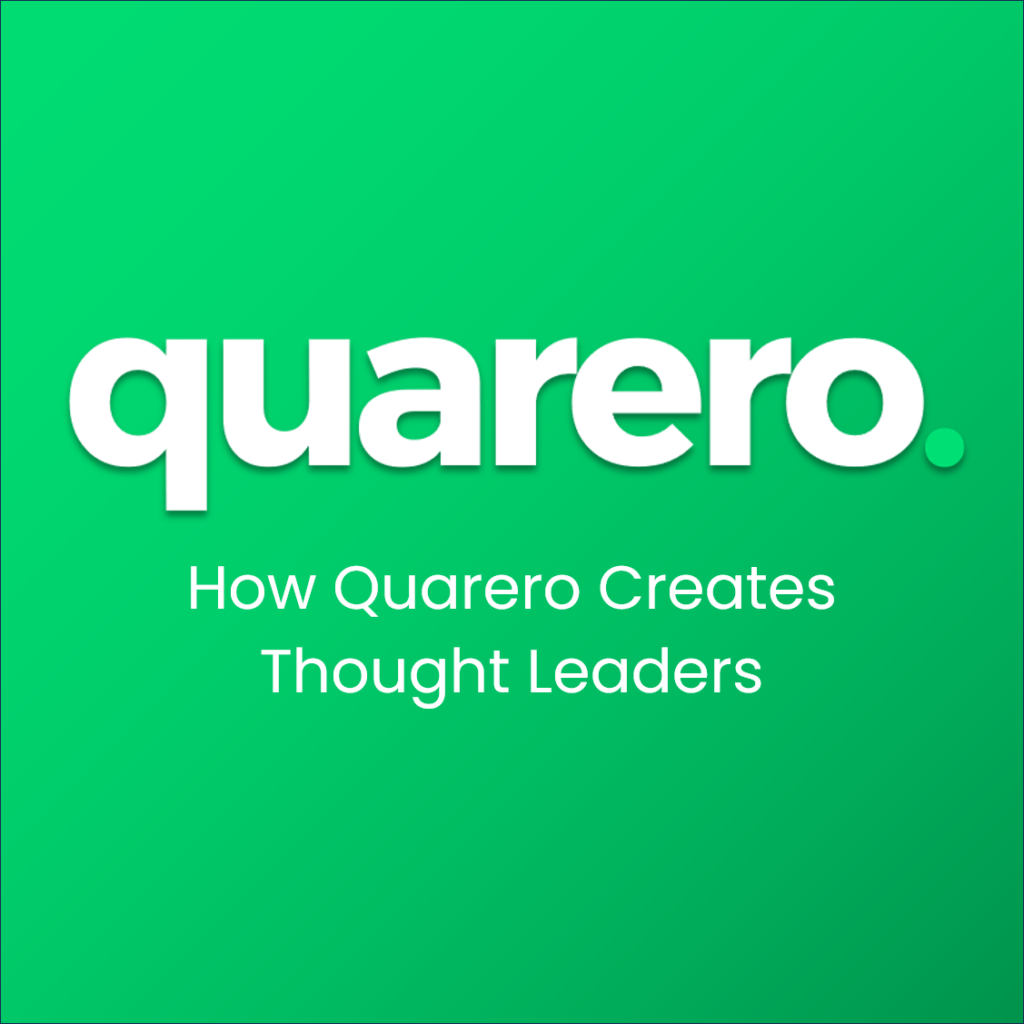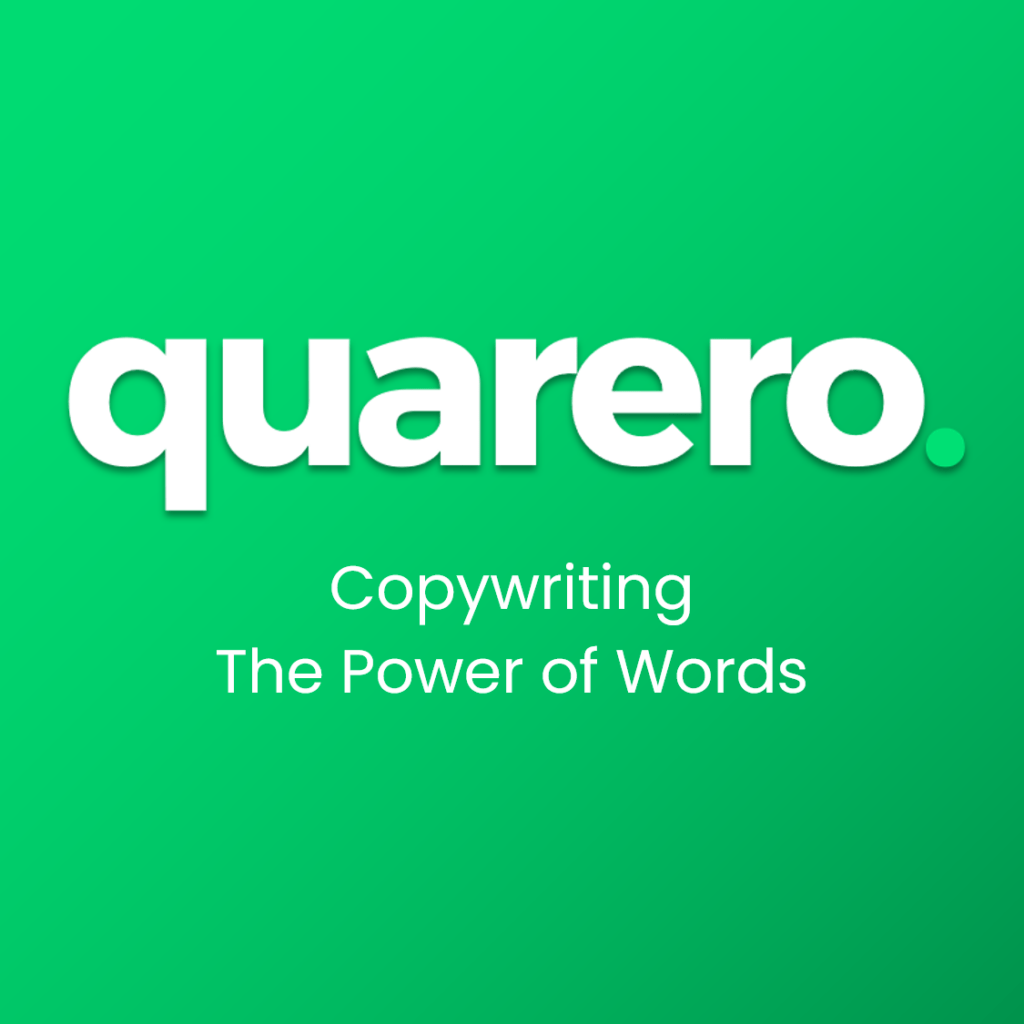Imagine seeing a product in a store that has an eye-catching tagline, stylish logo, and eye-catching packaging. You know it right away and are pleased with yourself. Thanks to strong branding, this recognition and the emotions it arouses are possible. Now consider the emails, social media posts, and advertisements that enticed you to visit the store—those are examples of marketing. Even though these terms are sometimes used interchangeably, any firm that hopes to flourish must understand the distinction between marketing and branding.
Describe the concept of branding
Developing a distinctive identity for a business, item, or service is the goal of branding. It’s about presenting your identity, values, and desired public perception. Included in branding are:
- Brand identity: The components of a brand’s visual representation, such as its name, logo, colors, and style.
- Brand values: The fundamental ideals and moral standards that the brand upholds.
- Brand Promise: A promise given to consumers about what to anticipate.
- Brand Voice: is the communication tone and style that are employed in all brand messaging.
- Brand Experience: The way consumers view and engage with a brand as a whole.
Marketing: What Is It?
Marketing involves the activities and strategies used to promote and sell products or services. It’s about understanding customer needs, creating offerings that satisfy those needs, and communicating the value to the target audience. Marketing includes:
- Market Research: Gathering data to understand market trends and customer preferences.
- Product Development: Creating products or services that meet customer needs.
- Pricing Strategy: Setting a price that reflects the value of the offering and is competitive.
- Promotion: Using advertising, public relations, sales promotions, and digital marketing to reach potential customers.
5. Distribution: Ensuring the product or service is available to customers through the right channels.
Important Distinctions Between Branding and Marketing
Main Point:
– Branding: Concentrates on forging a distinctive character and establishing a solid reputation.
– Marketing: Targets the promotion of particular goods or services in order to increase sales.
Goal:
– Branding: Seek to gradually develop recognition, loyalty, and trust.
– Marketing: Seek to draw in, win over, and hold onto clients over the short- to medium-range.
Range:
– Branding: This refers to how people view a brand generally and their emotional attachment to it.
– Marketing: Consists of strategic initiatives and campaigns aimed at achieving particular company objectives.
Durability:
– Branding: Establishes a recurring theme and enduring legacy.
– Marketing: Consists of periodic changes to short-term programs.
Effect:
– Branding: Shapes consumers’ opinions of the business and serves as the cornerstone of all marketing initiatives.
– Marketing: Has a direct bearing on customer acquisition, market share, and sales.
How Marketing and Branding Complement Each Other
Marketing and branding are interdependent. Marketing campaigns are more successful when a brand is strong because it builds consumer recognition and trust. The message of the brand is disseminated and strengthened to a larger audience through marketing.
Consider Apple as an example. The hallmarks of Apple’s brand are superior quality, innovation, and user experience. Their marketing strategies emphasize these brand qualities, which increase the desirability and recognition of their products on a global scale. Apple’s “Think Different” campaign is a fantastic illustration of how their marketing and branding combine to generate a strong market presence.
Despite their differences, branding and marketing complement one another to help businesses succeed. By establishing a distinctive identity and an emotional bond with consumers, branding lays the groundwork. Using that base, marketing promotes goods and increases sales. Businesses can develop a strategy that strengthens their market presence and promotes growth by having a clear understanding of the differences between them and how they interact.
It is crucial to spend in both effective branding and strategic marketing in a world where retaining customers is difficult to come by and simple to lose. When combined, they draw clients and convert them into brand ambassadors, sustaining the long-term prosperity and expansion of your company.
Quarero Marketing Accelerator is an expert in developing personal and business brands. We are aware of the influence a powerful brand may have on accomplishing professional and business objectives. Our all-inclusive services include developing engaging content, utilizing data and algorithms, and putting into practice practical plans to improve reputation and brand visibility. Whether your goal is to become a thought leader in your field or increase the market visibility of your business, Quarero Marketing Accelerator offers the knowledge and resources required to help your brand flourish.
Quarero Marketing Accelerator, Dubai
Marcus Köhlein




